
Hurricane Lee Salmon Fishing Break
Fishing Friends:
I drove back to Maine on Friday to wait out the raise in water coming from Hurricane Lee. I plan to head back up in the middle of the week. Fishing in moderately high water has been the hall mark of this season, but with an additional 50 to 100MM forecast to drop on top of the 1.6M in water height already showing on the Blackville gauge is a bit over the top.
Since much this summer’s salmon fishing revolves around the height and temperature of the water this is a good time to show you these two graphs. They both show water height and temperature through the time period of June 9 to September 16 for both 2022 and 2023. It is important to note that both of these years are known for their high volumes of water and relatively moderate overall temperatures. You can see, though, that a rough eyeball of the average height for 2022 was about 1 meter whereas in 2023 it has been averaging more like 1.5 meters. That is an incredible difference. Click on these graphics to make them larger to better read the legends on the sides.
Water temperature was only available beginning in August of 2022. You can see, though, that since August the 2023 temperatures have run roughly one degree Celsius lower than 2022. The general effects of higher, cooler water are to invite salmon into the river and coax them to run up the headwaters area with little holding in the lower river. To some degree that has been the situation – good for the salmon but not the salmon fisherman.
I arrived in Blackville on September 8 amidst the warmest weather and lowest water since early July – which isn’t saying much because it was still high. When I arrived, there were decent numbers of salmon holding in the cold-water pools on both the main river and the Cains. They were, however, very tough to catch, and it certainly appeared that there were precious few new fishing entering the river. We got the occasional pull on a wet fly and rose a few to bombers – the fish of a thousand casts – but the catching was poor. At night we lay in our beds with the fan blowing on us and sweated. The water was constantly 70F or higher. On September 11, though, we got a good rain followed by another one the 14th. The river rose quickly and temperatures came down. You can see the water temperature drop as the level rose very clearly in the second graphic above.
In the cooling and raising water the salmon left their holding pools and moved up the river. We were fishing mostly on the Cains and for the last days I was there we had a decent number of new fish running the pools. You could see them jumping first at the bottom of the pool and then as they worked their way up and out the upstream end of the pool. Our catch improved, and if you kept a fly wet every now and then you hooked a good fish. For these conditions, and at this time of year, I like a big streamer – preferably of marabou – and often fish it on a sink tip line. I had a great chance to shake down my new Sage 13’6 8-weight Igniter. It did a great job with a 520 grain Scandi and a 10’ poly leader, 2.8 ips sink. On the 13th I solidly hooked three nice salmon plus had a couple of other pulls. That was my best day on the river for the week.
I had great reports from Eddie Colford at the Black Brook Salmon Club not too far down the Cains from where we were fishing, and from Byron Coughlan at Country Haven whose anglers were fishing mostly on pools above us on the Cains. It wasn’t gang busters, but we were all catching a few fish. What was funny, though, was that Eddie at one point told me that their last 4 fish were all Cains River hook-bills and every fish that we caught was a henfish. That, I’d guess, was just totally random luck of the draw.
Earlier in the week I got the latest barrier reports from the Dungarvon and the NW Miramichi. Very interesting to me was that the Dungarvon has now surpassed last year in terms of grilse returns. As of 9/10 we are up from 61 to 65. The NW Miramichi is down from 115 in 2022 to just 8 in 2023 – that’s a year on year decline of 93%! Clearly the biggest culprit there is the ridiculous overpopulation of striped bass that is eating up everything – brooktrout in the NW are also down by 50% from last year while they are up in 2023 in the Dungarvon by 1 fish. It will be after the fishing season before I have a chance to research this, but it may be that the Dungarvon is bucking the grilse trend because the river is being stocked with fry as an experiment to see what stocking method works best.
With all the high water this wasn’t the best year for salmon dry fly fishing, but some were caught for sure. The debate rages on comparing dry to wet fly fishing for salmon. I love both approaches more or less equally. No one can doubt, though, the magic of capturing big salmon on a dry fly. Recently I was in the middle of a little e-mail exchange between a retired doctor from Nova Scotia with ties to New York and David Ledlie here in Maine. The doctor was talking about the Boland Brook Camp on the Upsalquitch and how Edward Ringwood Hewitt fishing on the Upsalquitch was thought to be one of the first to ever catch a salmon on a dry fly. Ledlie wrote back the following, which I found fascinating:
“This refers to Hewitt being the first to fish dry flies for salmon. There is an oil painting by Maine artist Walter Brackett (1823-1919) entitled “The Rise” which clearly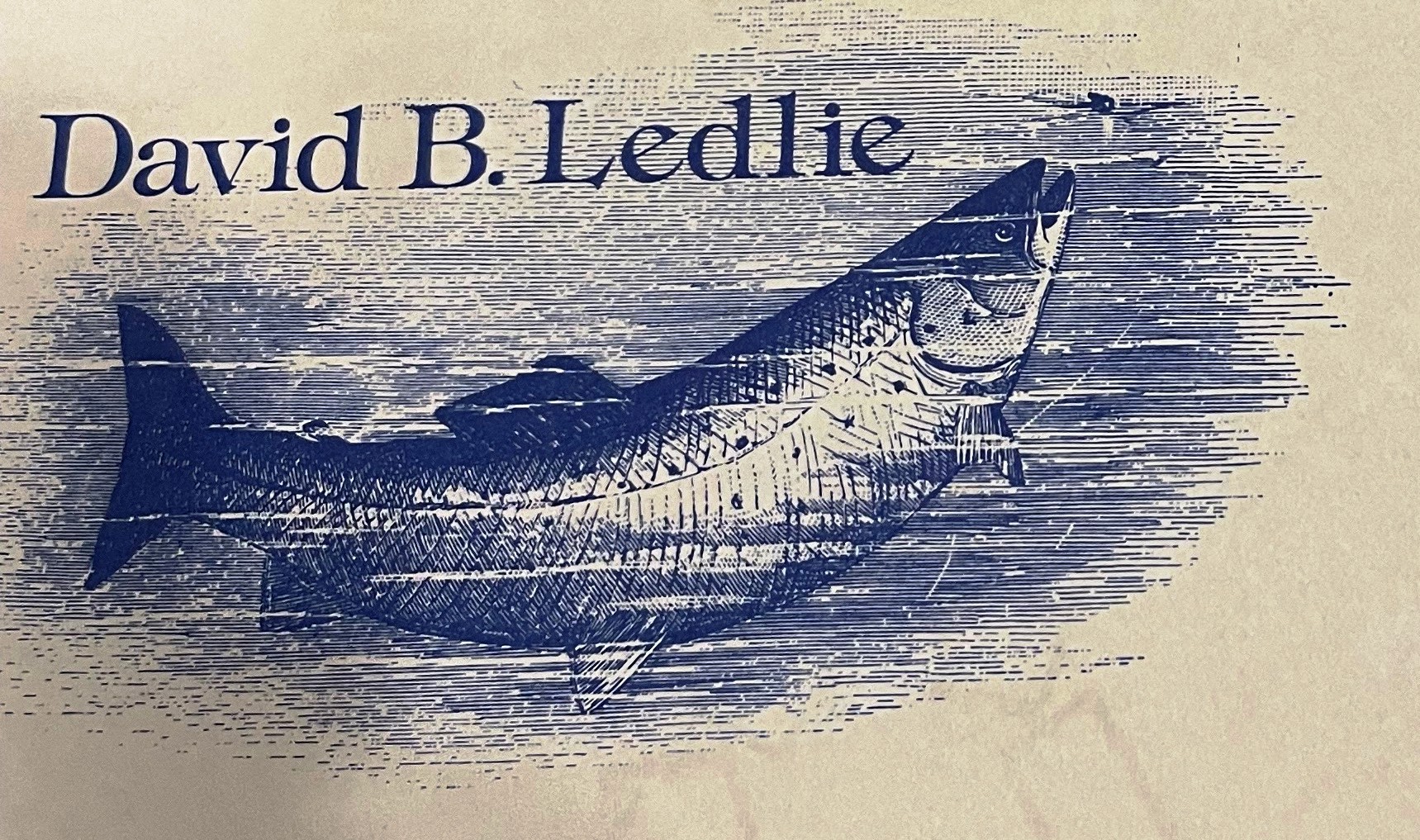 shows a large salmon rising to a dry fly. I believe it was painted sometime in the 1870s. Brackett was responsible for a plethora of salmon paintings. He was a member of the St Margarette Club on the river of that name, for years. A steel engraving was made of the painting for a chapter of Alfred Mayer’s Sport with Rod and Gun in American Waters 1883. A copy of the steel engraving appears at the top of my personal stationary.”
shows a large salmon rising to a dry fly. I believe it was painted sometime in the 1870s. Brackett was responsible for a plethora of salmon paintings. He was a member of the St Margarette Club on the river of that name, for years. A steel engraving was made of the painting for a chapter of Alfred Mayer’s Sport with Rod and Gun in American Waters 1883. A copy of the steel engraving appears at the top of my personal stationary.”
Actually, there is more dry fly history on the Miramichi than probably any other river in the world. As I’m sure many of the readers know the world-famous bomber was an invention of the Miramichi widely credited to Elmer “Father” Smith.
As I’ve said many times in this blog, if you love Atlantic salmon and the Miramichi you need to support the Miramichi Salmon Association “MSA.” You’ll be in good company. Ted Williams was life member number 1. For some time now the MSA has been wrestling with DFO’s desire to grow an unlimited number of striped bass. That battle is far from over, but recently it has come to light that Canadian legislative branch that oversees DFO has admonished them to balance the populations of striped bass and salmon, and that retired DFO biologist Gerald Chaput PhD stated that at around 100,000 adult spawners there began to be significant predation on outgoing Atlantic salmon smolts. Around 100,000 was where we were back in about 2009 when things looked pretty good for Miramichi salmon. There is no reason that wouldn’t be a completely reasonable striped bass population target. After all, the original DFO target was just to get to around 30,000 adults!
One thing that DFO has failed to really comprehend is the cultural and economic value of Atlantic salmon fishing, not only to First Nations, but to the rest of us also. As just one small example I noted recently that three pieces of property that I know of on the Cains River changed hands, all being purchased by New Brunswick residents who know a lot about salmon, realize the problems the fish face, but chose to invest in the properties anyway – I’m sure, because fishing for salmon is what they love to do. Beyond that two have been sold on the SW Miramichi, one to a friend of mine from Maine, and the other “The Log Cabin Club” which has been for sale for quite a while has also been sold, though I don’t know to who.
I’ll be heading back to the Miramichi by mid-week and will resume my daily fishing reports. I kept at it fairly diligently on my last trip. Again, here is the link https://www.bradburnsfishing.com/miramichi-salmon-report/.
Thanks for reading. Brad Burns
PS If you would like to read a copy of the DFO pre-release of their salmon strategy complete with an introduction by the new Minister the Honorable Diane Lebouthillier, P.C., M.P please send me an e-mail and I’ll attach a copy for you.


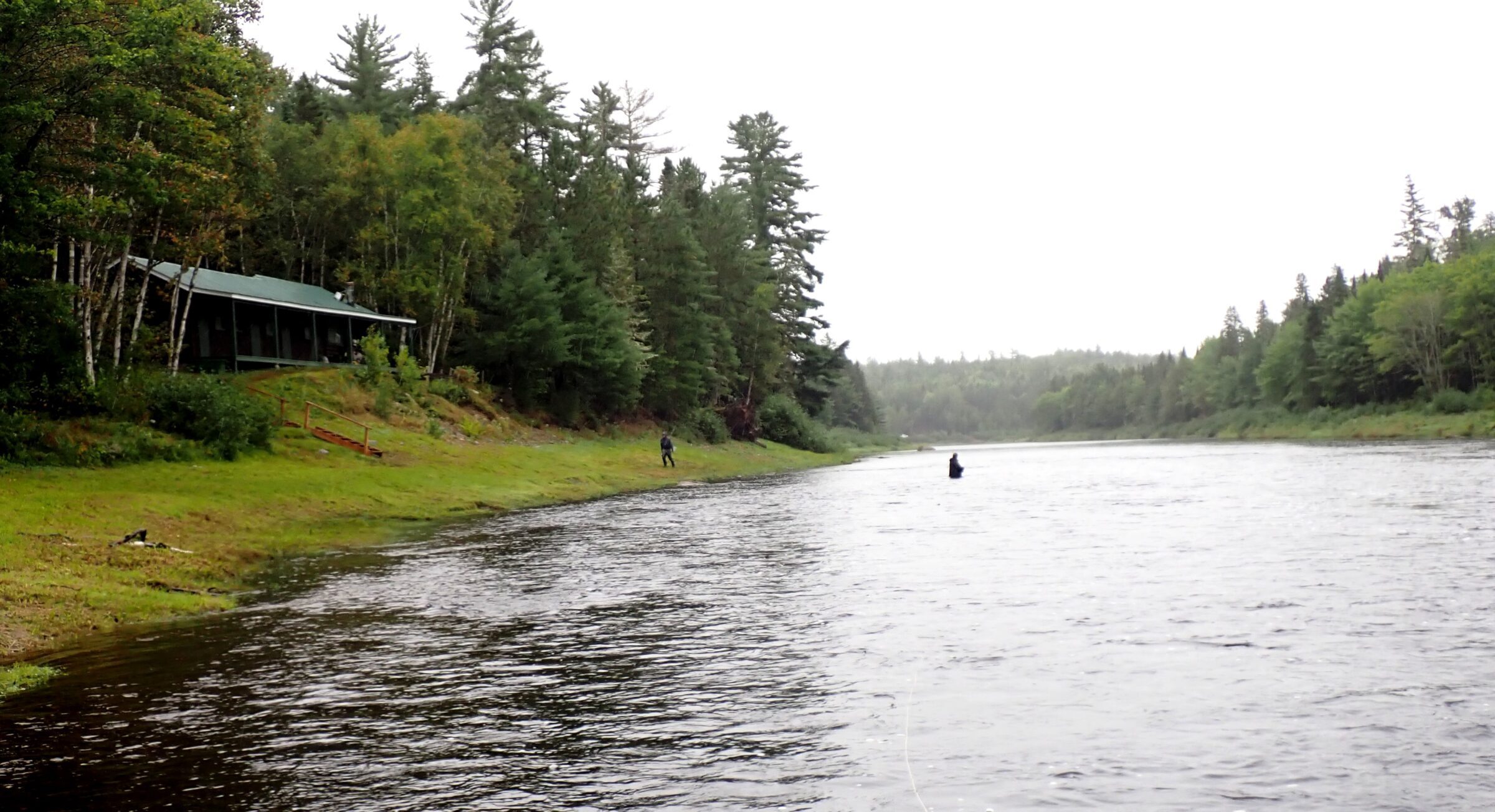
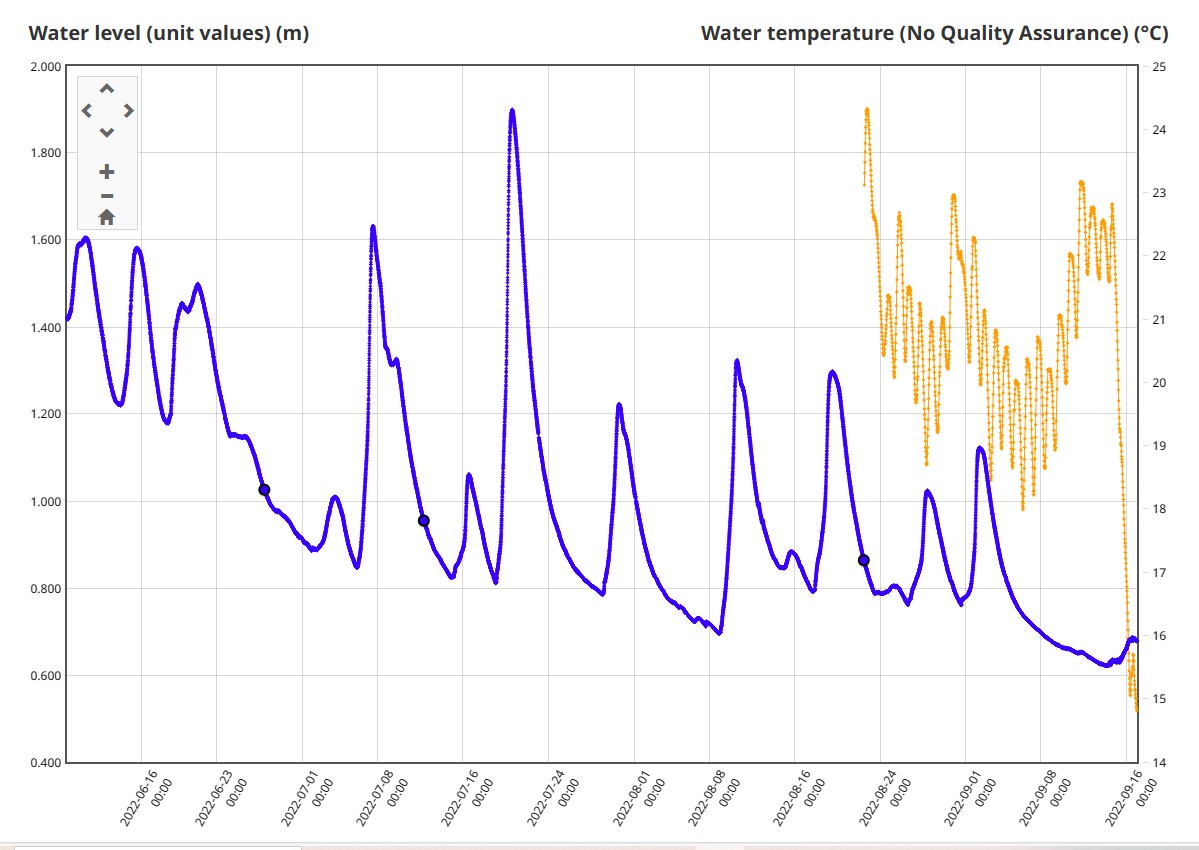
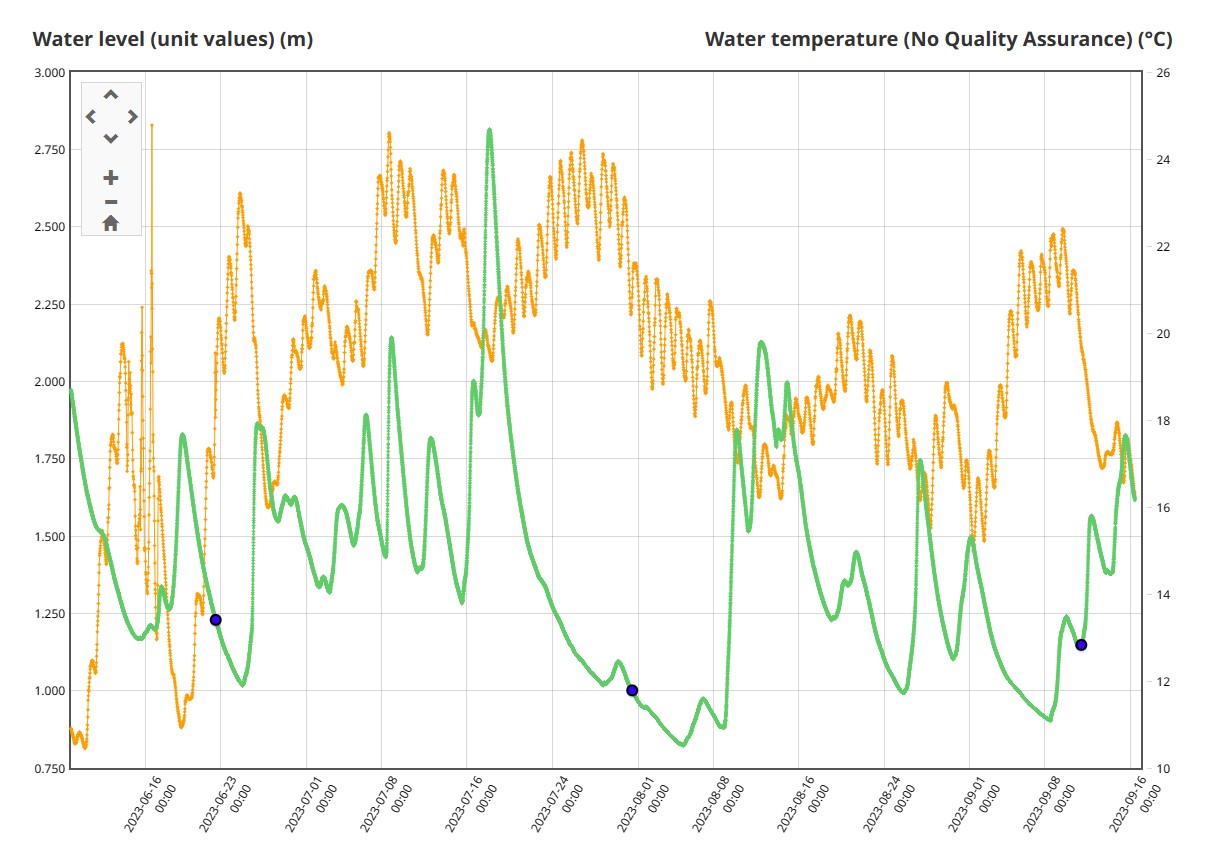
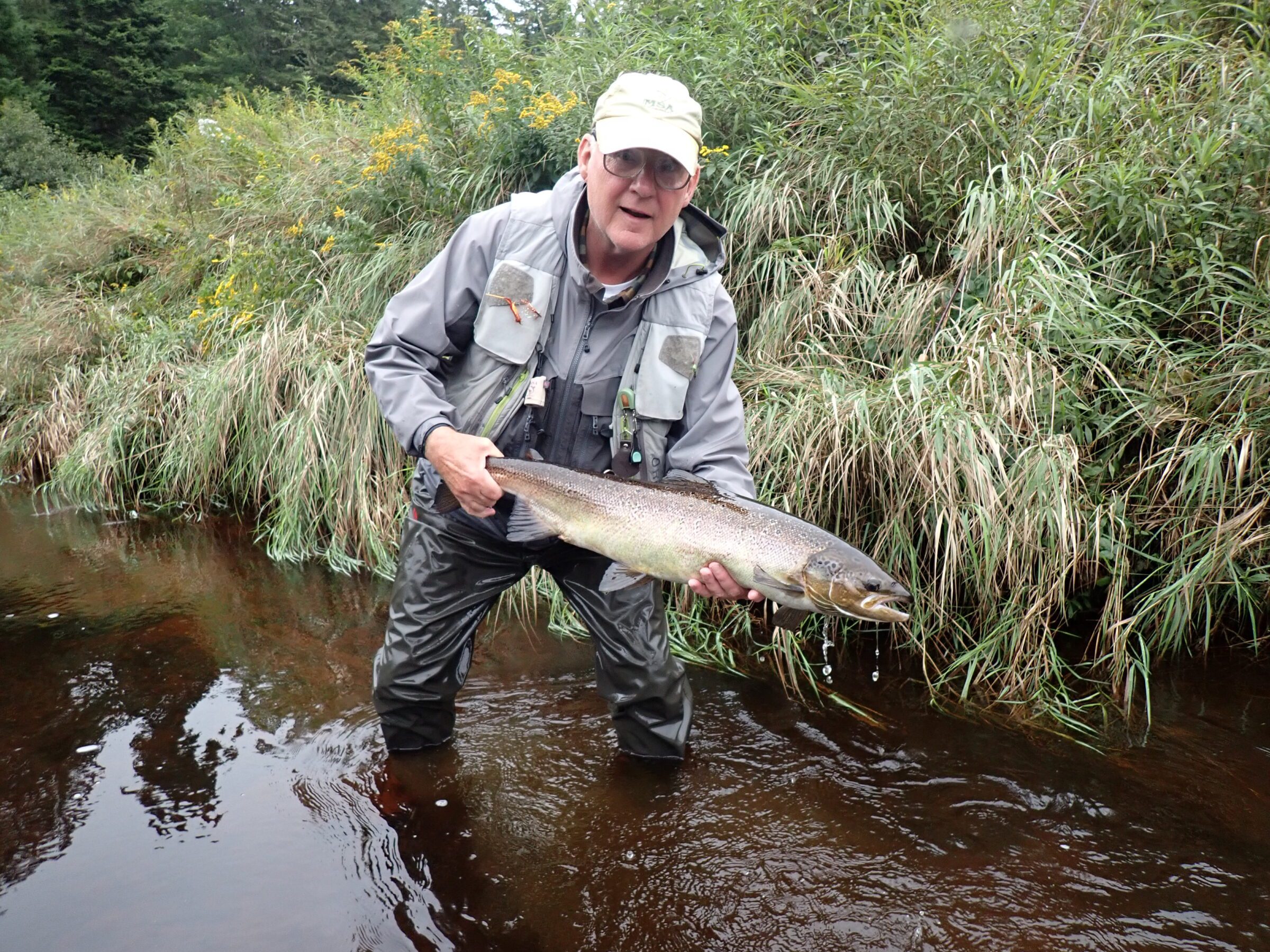
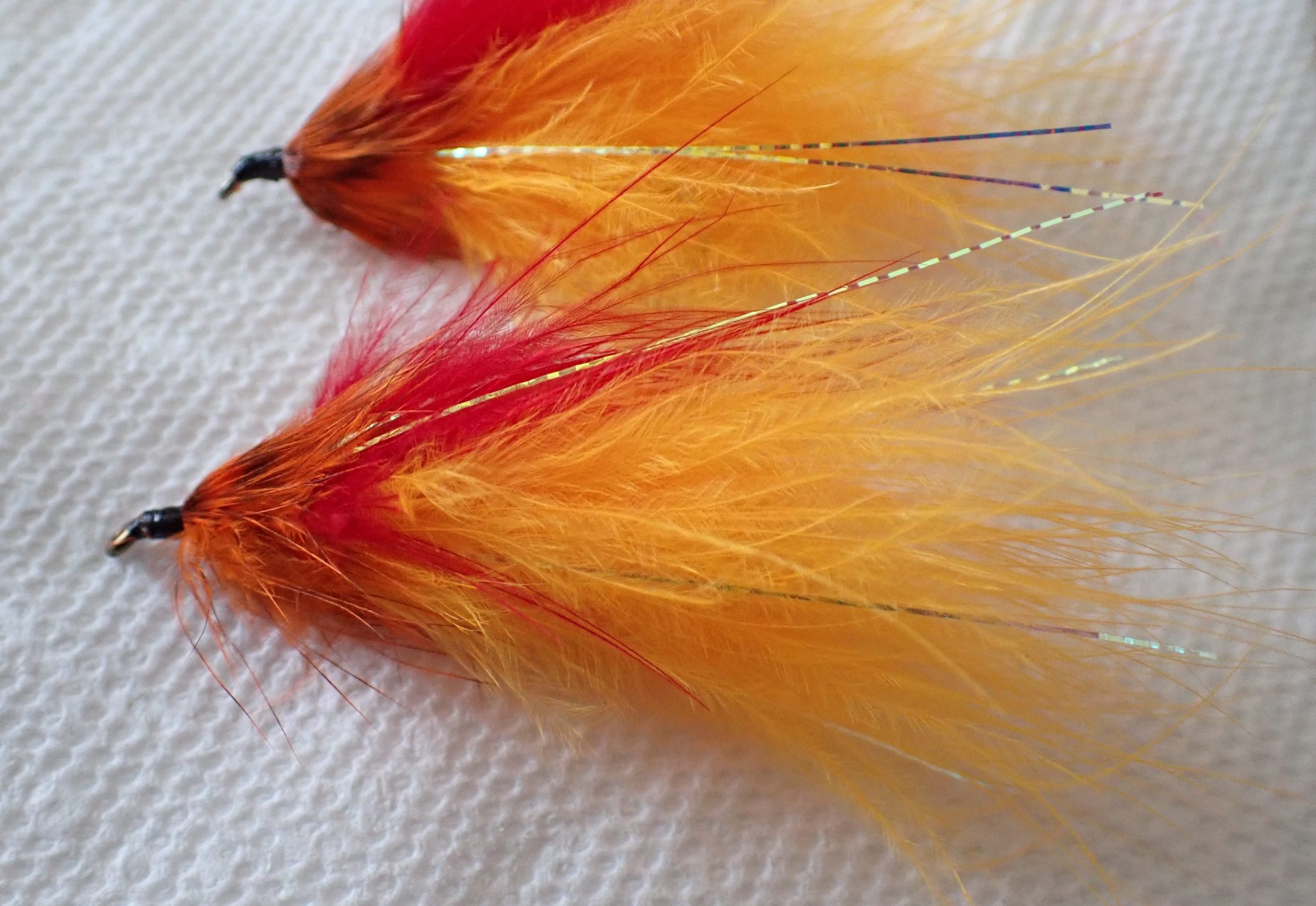
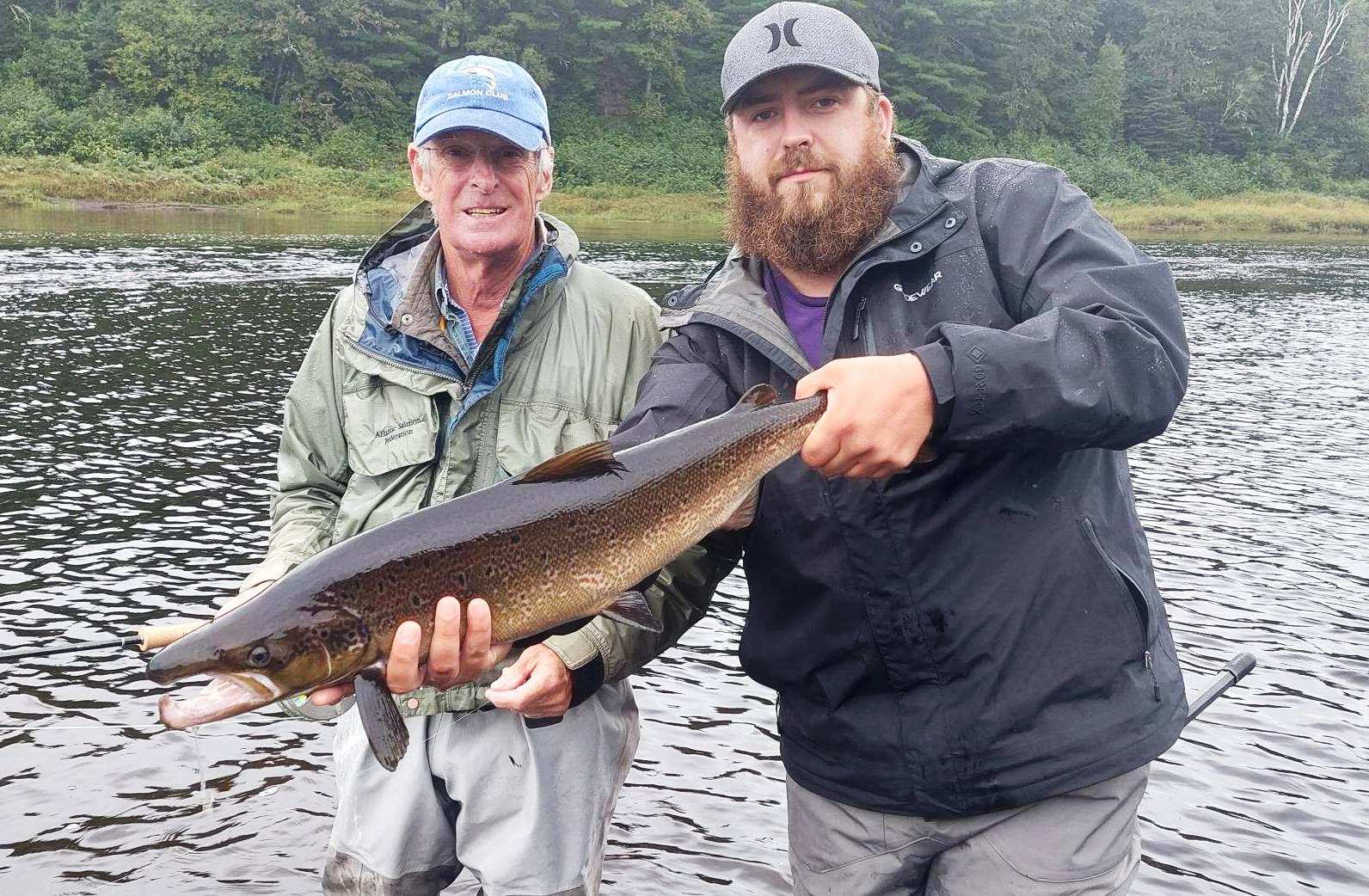
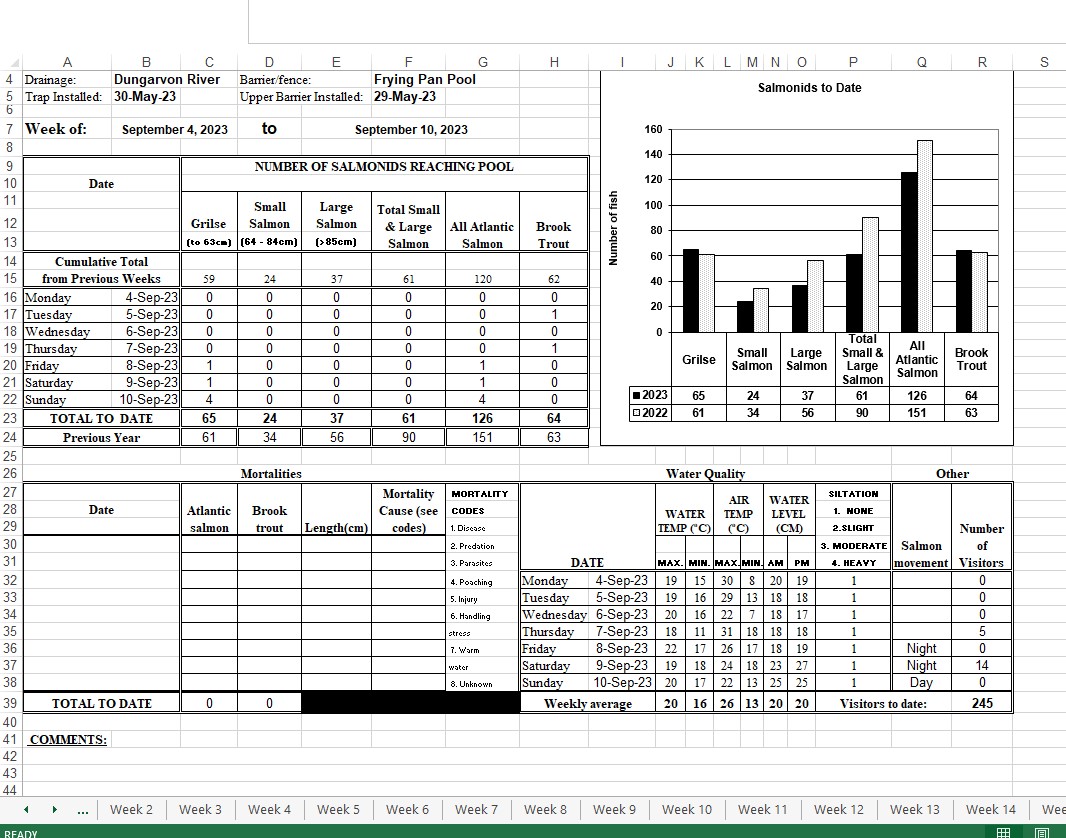

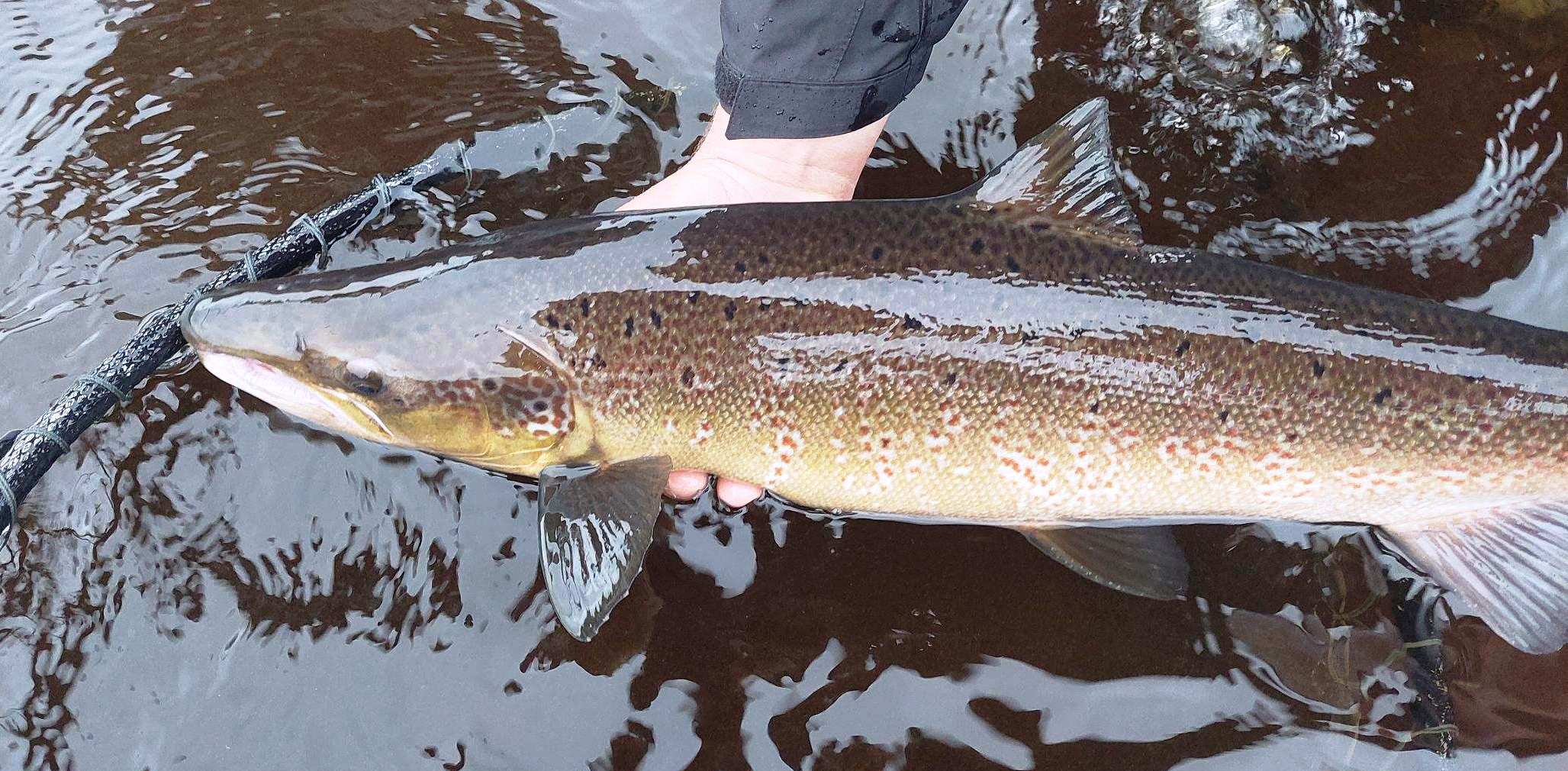
Brad, thank you for another informative report and your regular updates while at camp. Hoping the water levels get back down for productive fishing soon.
Poor fishing for fisherman also hopefully means poor fishing for salmon and trout fry predators. With more volume to hide and less concentration of the fish in the pools, maybe this will be a great season for next spring’s smolt success.
Kent – I began wondering the same thing this spring. I know a little about striped bass biology because I chased them on the East Coast of the US for many years. Heavy flows and cold temperatures can be tough on newly born stripers, and yes, perhaps heavy spring flows enabled a higher percentage than otherwise might to make it out by the bass. We can hope… but we definitely need a lot less bass than we have now.
Thanks Brad, for your always interesting accounts of our beloved fishing on the Miramichi/Cains. This has been maybe the worst in an alarming string of subpar fishing years, most of which have been due to inclement, either high or warm, water. Let’s hope a lot of fish escaped the counters and made their way to spawning grounds. And let’s also hope looking ahead, that the DFO gets its wings clipped by the uppers and is forced to change bag limits so stripers numbers trend down to the 100k “fair and balanced” population. Best, Tom
Amen.
Hi Brad and thanks. I went from the highs of my last comment here to the lows of a week of just one sea trout in the Scottish Highlands. Now I look forward to rounding off what seems a challenging season in NB. Salmon fishing: plus ca change plus c’est la meme chose.
“plus ca change plus c’est la meme chose” How did you know the unofficial slogan of the Canadian DFO?
Ha ha!
Brad:
Would love to see the DFO pre release. Sorry I could not make it up this year – but perhaps next year ?????? Thanks and always look forward to your blogs! Rick
Hi Brad,
Thank you again for the wonderfully written and informative post. I look forward to reading them every month. Can you please
email me a copy of the DFO pre-release report? I am trying to understand the rationale for DFO not addressing the collapse of Atlantic salmon and the over abundance of stripped bass.
Greg
Brad really nice, to see some Fall Fish photos, nice hook-bills.
Thanks
Tom MacLean
Thanks for the report. We are headed up to our camp in Mcnamee on Friday for 12 days. (Messler’s Salmon Camp).the past two seasons we’ve found that all the early and summer run fish have passed us by and have moved well up-river with little to no fish holding in our pools. We’re hoping that maybe we will see the @late run” happen a bit earlier because of this high water?!? Oh well, just being at camp is almost enough. We have our spring flies packed as well as all the new flies that were tied all summer.
Good luck for the rest of the season – if you’re drifting by some day, stop in and say hello., ( we’re two miles downstream from the bridge to Priceville)
Great to hear from you David. I’d love to see your camp but unlikely to be up that way. I spend my time down in Blackville and on the Cains. With first the warm water, and then the back-to-back raises, we haven’t seen much of a fall run yet. In the little window just before the hurricane we did see a few fresh fish while taking the boats out at Campbell’s. I’m sure hoping to see a decent run of fish next week. Hopefully your timing will be right on.
I have only been up there 3 times and perhaps someday will make it again. Your reports are great and I would like to see that report. Thank you
John Springer
Thanks for the kind words John.
Hello Brad, just so you know: your news letter is still and often read in … Geneva/Switzerland, I’ll be visiting in the Miramichi beginning of October and hopefully wet a line or two while there.
Looks like you had a tough year on the shores of NB’s splendid rivers.
Not being able to travel to Scotland this year, I contended myself fishing some crystal-clear flows of Germany’s Black Forest region: Wonderful, brightly colored brown trout and some mighty implants (grilse-size rainbows) rose willingly to both dry-flies (the former) and streamers (the latter). Considering, that, in that heavily industrialized area, only 25 miles from the Swiss-German border, one feels very lucky to find quality fly-casting “close to home”.
As mentioned, I’ll try my luck on the Miramich in the beginning of October, if indeed the river(s) is/are still open.
Tight lines and thank you guys for caring about somuch about the sport we all love.
John Stucki, Geneva-Switzerland
Great to hear from you John. I hope you are still keeping your line wet in Scotland.
Hi
Could you send me a copy of the DFO salmon plan.
Thanks
Maureen Dell
Howdy Brad,
Another great update, thanks so much.
I also would like the DFO update, thanks.
Yet again your pic of the camp at Muzzerol pool affects great memories.
Happy Day
Dave O’H.